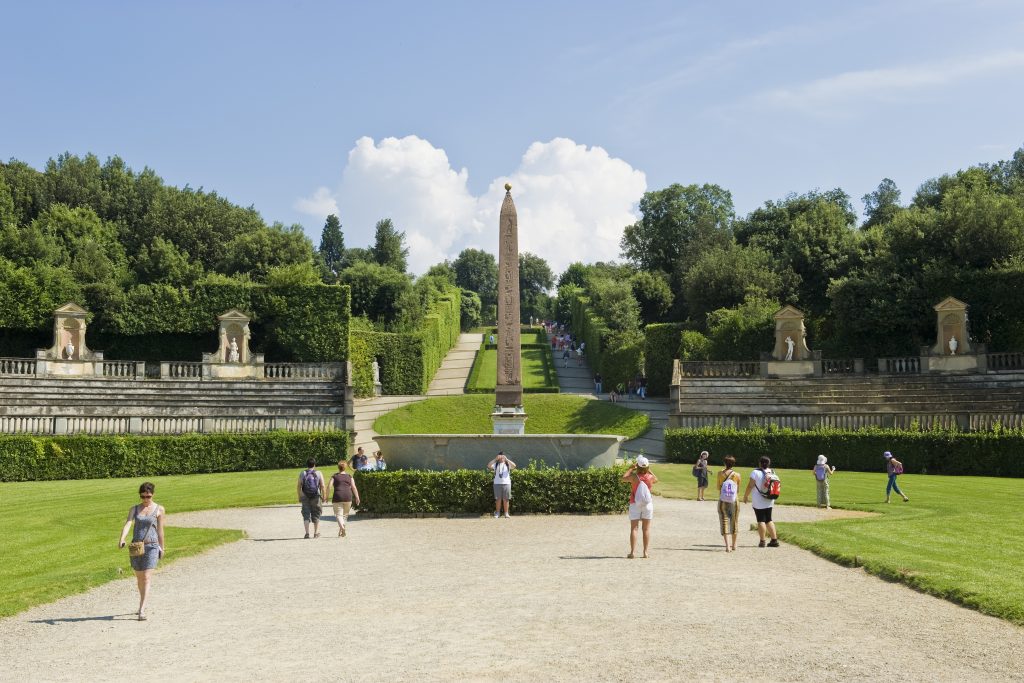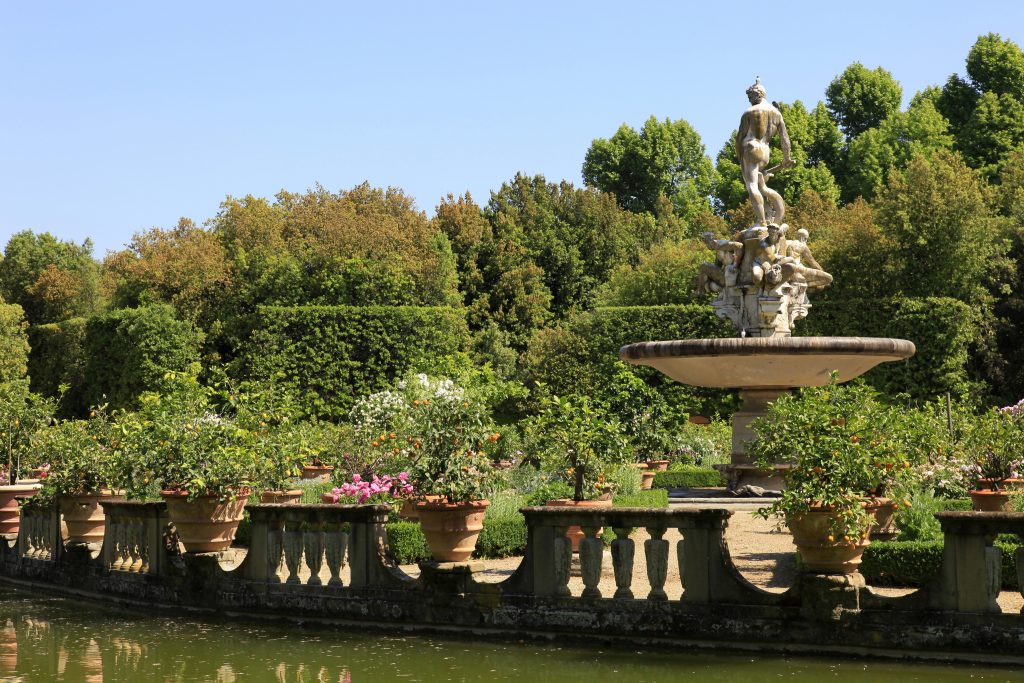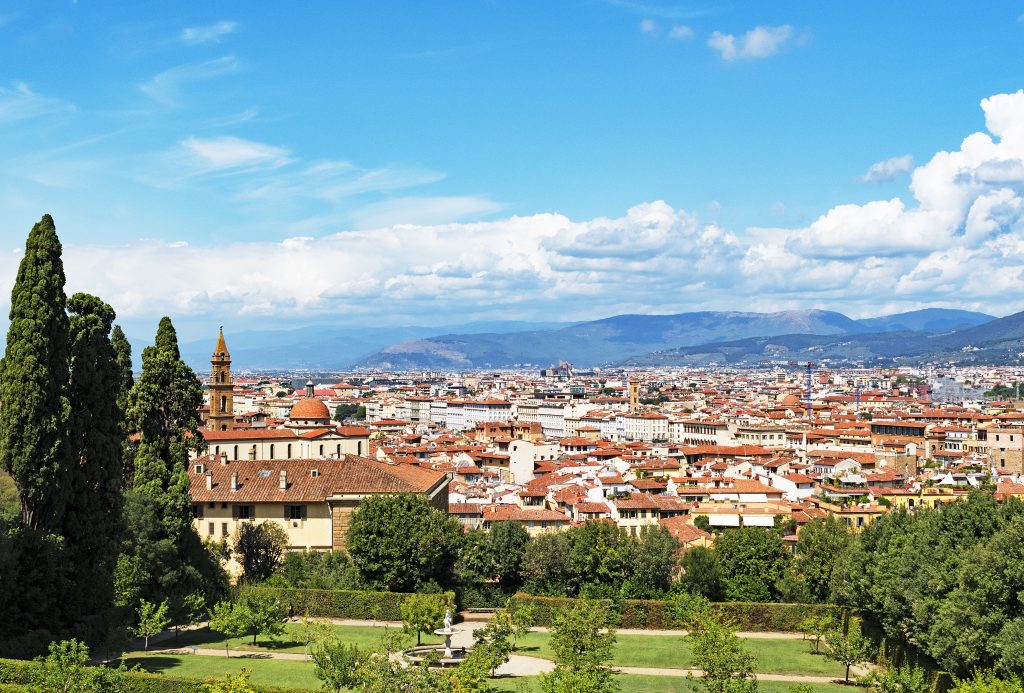Art World
Gucci Will Foot the Bill for the Restoration of Uffizi Gallery’s Boboli Gardens
In exchange, the luxury brand will host a catwalk show at Palazzo Pitti's Galleria Palatina.

In exchange, the luxury brand will host a catwalk show at Palazzo Pitti's Galleria Palatina.

Following Greece’s loud refusal to allow Gucci to use the Parthenon for a runway show, the Italian fashion house has secured a deal with the Palazzo Pitti in Florence to stage the event—the first of its kind in the space—at its Galleria Palatina on May 29. In exchange for use of the historic venue, the high-fashion retailer has agreed to provide €2 million ($2.13 million) for restoration of the Boboli Gardens at the Uffizi Gallery.
Gucci’s financial support means that all of the gardens at the Uffizi Gallery will be able to be reopened. Currently, less than 20 of the 33 acres comprising the gardens are accessible to the public. The deal prompted a biting sarcastic remark from Gucci CEO Marco Bizzarri during the press announcement in regards to Greece’s rejection: “I guess that Greece’s fiscal situation is in better shape than Italy’s.”
Despite just being announced, the project has already begun to make headway. The Viottolone, a central pathway in the gardens that was built in the mid-17th century and is lined with cypress trees and statues, has already undergone and completed restoration.
Of the agreement, Italy’s culture minister, Dario Franceschini, commented, “Fashion is also part of our cultural heritage and our history. In our country, taste, elegance, and education in what is beautiful are part of our day-to-day lives.”

Florence’s Boboli Gardens. Photo by Gimmi/REDA&CO/Universal Images Group via Getty Images.
“The connection between fashion and art has always been a close one, and it has been often conducive to striking and unique occasions, like this one, where a prestigious Italian fashion brand has decided to invest in an important cultural landmark, while appreciating its mission,” he added.
The deal follows the recent trend of Italian luxury brands footing the bill for costs of restoration of public monuments in their native country.
Other similar agreements include the €25 million ($34 million) refurbishment of the Colosseum funded by Tod’s, Fendi’s $2.3 million revamping of the Trevi Fountain in 2015, the refurbishment of the Rialto Bridge in Venice by fashion tycoon Renzo Rosso, and Bulgari’s payment of $2.1 million to revitalize Rome’s Spanish Steps.

A view of the city from the Boboli Gardens in Florence, Tuscany, Italy. Photo by Kevin Britland/Education Images/Universal Images Group via Getty Images.
Such funding, however, has not come without stirring controversy, with critics fearing that the brands will be able to dictate the monuments’ fates. As recent as January of this year, Paulo Bulgari proposed to ban use of the Spanish steps at night, charge a fee to sit, and to install a fence or Plexiglass barrier to protect the iconic site.
In 2014, Franceschini defended use of private funds to the New York Times, saying, “Our doors are wide open for all the philanthropists and donors who want to tie their name to an Italian monument. We have a long list, as our heritage offers endless options, from small countryside churches to the Colosseum. Just pick.”